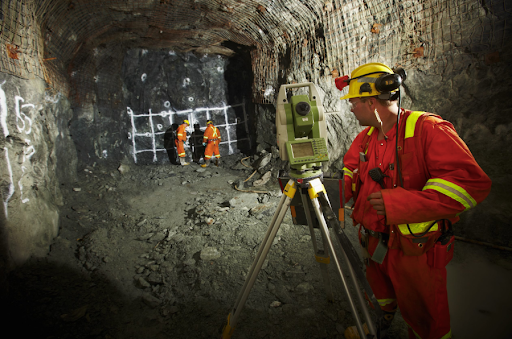Underground mining is an environment that tests both human skill and engineering limits. Rocks shift. Pressure builds in ways you can’t always see. A moment of inattention can be disastrous. That is exactly why mine support products are not just helpful—they are essential. They are the silent protectors of every miner, working hundreds of meters below the surface. And yet, most discussions never get into how they actually shape daily operations underground.
Why Mine Support Products Are More Than Just Safety Gear
Most people think mine support products only prevent collapses. That is true, but it’s just part of the story. Their role goes deeper. The type of support, how it is installed, where it is placed—these factors decide if a tunnel lasts months or only a few weeks. A misaligned rock bolt. A loosely fixed mesh panel. Both can create hidden weaknesses. And often, the problems only appear after the first small rockfall.
It also affects the human side. Miners work faster when they trust the environment. A stable tunnel creates predictability. In contrast, areas with insufficient support slow down work. Not because the miners are careless, but because caution is instinctive. Safety changes behavior. And behavior drives productivity.
Understanding the Types and Why They Matter
Rock bolts are not uniform. Tensioned bolts, fully grouted bolts, friction bolts—they all have specific applications. The choice depends on rock type, tunnel shape, humidity, and sometimes intuition. In fractured ore bodies, a friction bolt may fail, while a properly grouted tension bolt can hold a section together for years. Steel mesh is often underrated. It distributes load over a wider area, prevents individual rocks from dislodging, and paired with shotcrete, forms a flexible shell. Miners can work under it with minimal interruption.
Hydraulic props and timber supports might seem outdated, but they are lifesavers in some conditions. They adjust to shifting pressures in real-time. Soft sedimentary layers, for instance, require temporary timber frameworks while permanent supports cure. The nuances are crucial. Choosing the wrong support, or installing it poorly, can turn a stable tunnel into a ticking time bomb.
Technology Has Changed the Game, But Human Insight Still Matters
Sensors now measure micro-movements in the rock. Data can reveal stresses invisible to the naked eye. But technology does not make judgment calls. A sensor flags movement. It cannot decide if extra mesh is needed or if bolt density should be increased. Experienced engineers still interpret the data. Installations matter as much as the materials themselves. A high-tensile bolt at the wrong angle can fail in months. A lower-rated bolt installed correctly may last for years. Underground mining is full of these paradoxes.
Environmental and Operational Impacts You Rarely Consider
Mine support products also influence efficiency. Collapses don’t just threaten lives. They block tunnels, trap machinery, delay extraction. Strong supports reduce these risks and prevent unnecessary material waste. Less wasted shotcrete. Fewer replacement bolts. Fewer emergency interventions. Each support decision echoes across the operation.
There’s another effect: energy use. Stable tunnels allow equipment to work efficiently. Less fuel for hauling ore. Less power for ventilation. Supports indirectly reduce a mine’s environmental footprint. Smart support choices are not just safety decisions—they are operational and ecological ones too.
Looking Ahead
The future of mine support is not only stronger materials or smarter sensors. It’s integrated thinking. Geology, mechanics, human behavior, and efficiency must all come together. Mines treating supports as dynamic, living infrastructure outperform those that see them as static tools. Safety, productivity, sustainability—they are interconnected.
In conclusion, the role of mine support products goes far beyond the obvious. They shape how mines operate, how miners work, and how resources are extracted. The best systems combine material science, strategic planning, and human insight. They make underground mining not only survivable but methodical, efficient, and safer for everyone involved. Investing in knowledge as much as equipment is the real key to success below the surface.

